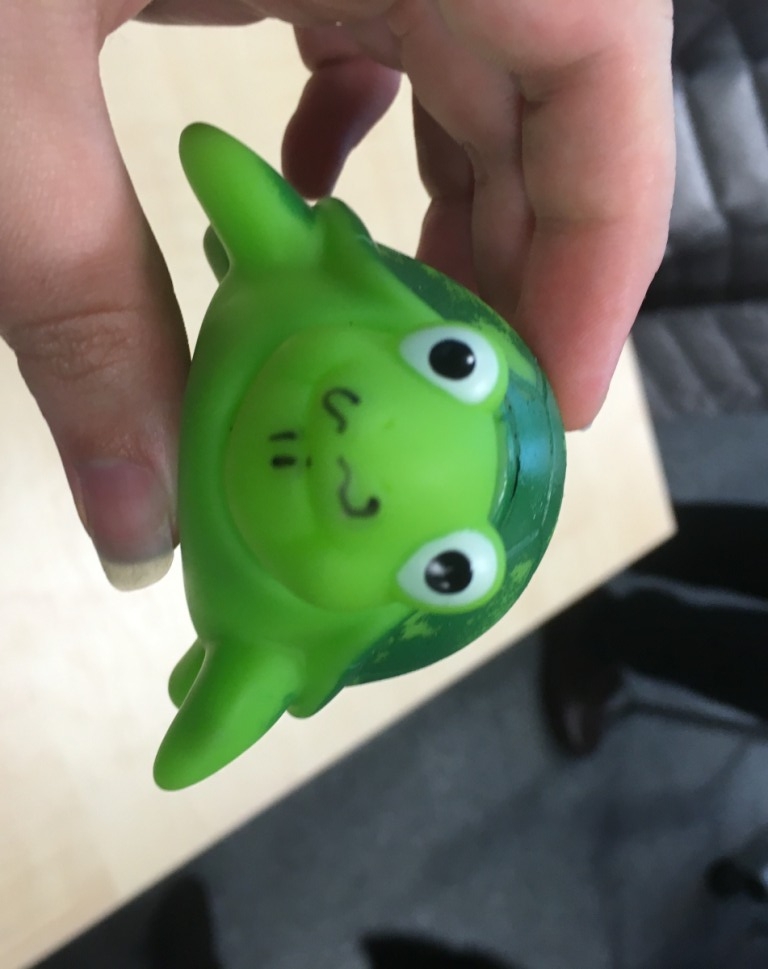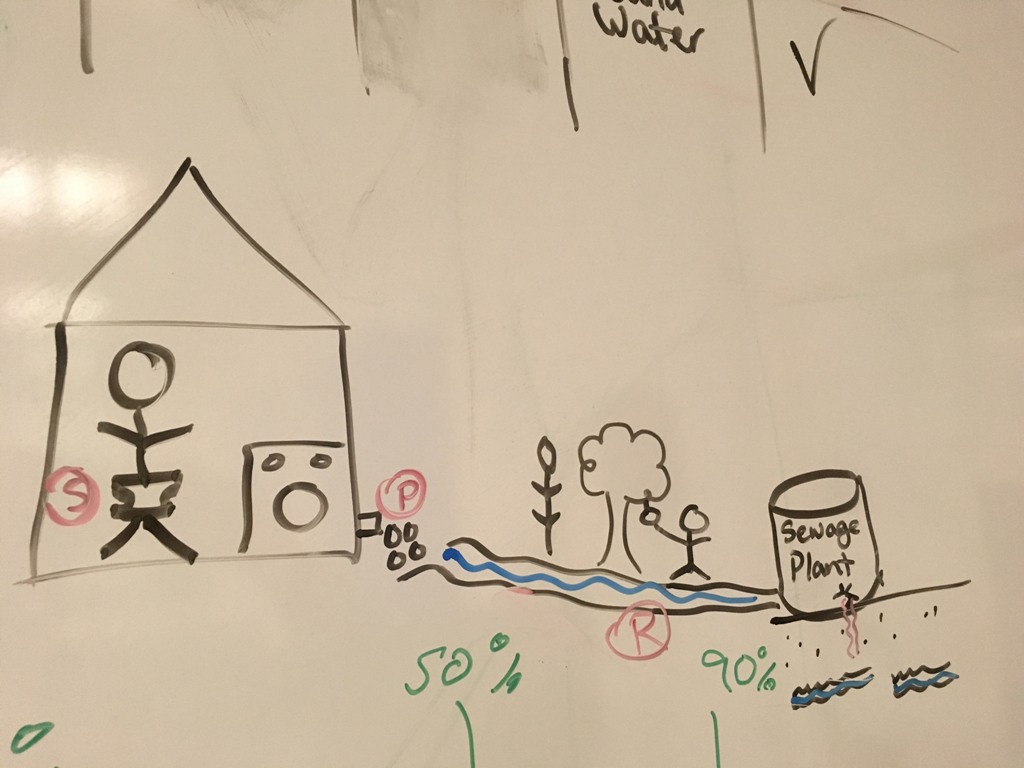From stars and stripes to hazards and risk assessments
08/11/2018

I can’t stress enough how much I’m enjoying myself at Cranfield. Not only do I love what I’m studying (Environmental Engineering MSc), I love the way it’s taught. It’s so different from coursework in the USA, and I think that makes it perfect. In the USA, you have 5 classes a day, at least 3 times a week, with assignments and tests spread just enough throughout that you don’t pass out from exhaustion. If you ask me what I learned from the last time I tried to earn a Master’s degree, I can only tell you college is too expensive and I hate snowploughs that show up at 4 am.
But after only my first week at Cranfield, I’ve already bored my fiancée to death with what I’ve learned about hazards and risk assessments. Now, I’ve had some experience with this subject before as I used to work in a nuclear waste facility. I’ve seen that consequence vs. likelihood chart. One of the reading list articles mentioned a DOE standard for risk that I’ve spent 5 years working with. But I still walked away with something.
The course started out with about two – three days of discussion covering everything we needed to know about the process of risk assessment. I barely had to take notes because the slides had everything laid out in an extremely easy to understand way. I don’t think you could make it simpler or better, and we weren’t just talked at all day long. The teachers did a great job of connecting us to the material with mini projects and interactive group projects. Things got really intense the last two days. It was sink or swim. And while frustrating and daunting, I loved every second of it. The stress toys given to us us (see picture above) by our lecturer helped too! You not only got to practice applying what you were learning, but you got feedback and a chance to discover what you didn’t understand or forgot. Friday was particularly helpful. We did a risk assessment in one day, step by step. And since we were in groups, we got to see a variety of ways to approach the problem, with feedback on which way was more helpful. It was awesome!

My attempt at a Source-Pathway-Receptor (S-P-R) Link diagram
Honestly, I can’t think of a better way to learn this material. From the overall study structure at Cranfield, to the day to day coursework – it’s perfect for me.
Categories & Tags:
Leave a comment on this post:
You might also like…
Keren Tuv: My Cranfield experience studying Renewable Energy
Hello, my name is Keren, I am from London, UK, and I am studying Renewable Energy MSc. My journey to discovering Cranfield University began when I first decided to return to academia to pursue ...
3D Metal Manufacturing in space: A look into the future
David Rico Sierra, Research Fellow in Additive Manufacturing, was recently involved in an exciting project to manufacture parts using 3D printers in space. Here he reflects on his time working with Airbus in Toulouse… ...
A Legacy of Courage: From India to Britain, Three Generations Find Their Home
My story begins with my grandfather, who plucked up the courage to travel aboard at the age of 22 and start a new life in the UK. I don’t think he would have thought that ...
Cranfield to JLR: mastering mechatronics for a dream career
My name is Jerin Tom, and in 2023 I graduated from Cranfield with an MSc in Automotive Mechatronics. Originally from India, I've always been fascinated by the world of automobiles. Why Cranfield and the ...
Bringing the vision of advanced air mobility closer to reality
Experts at Cranfield University led by Professor Antonios Tsourdos, Head of the Autonomous and Cyber-Physical Systems Centre, are part of the Air Mobility Ecosystem Consortium (AMEC), which aims to demonstrate the commercial and operational ...
Using grey literature in your research: A short guide
As you research and write your thesis, you might come across, or be looking for, ‘grey literature’. This is quite simply material that is either unpublished, or published but not in a commercial form. Types ...






